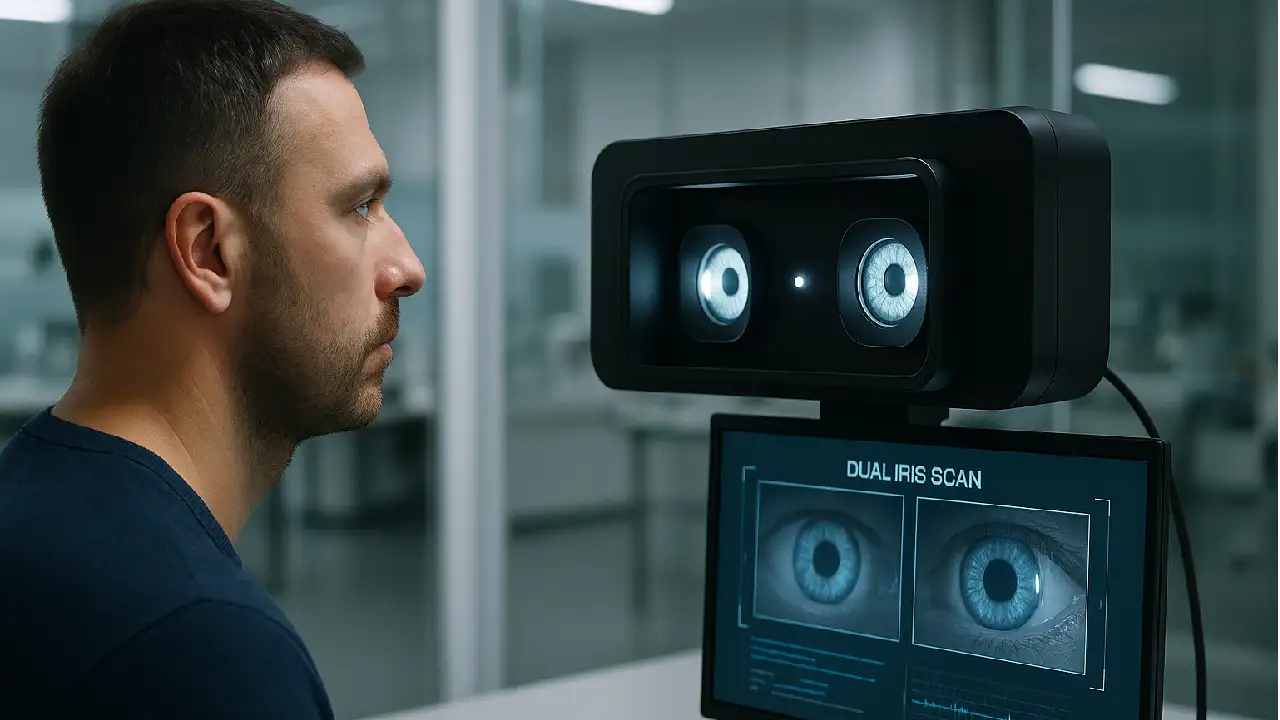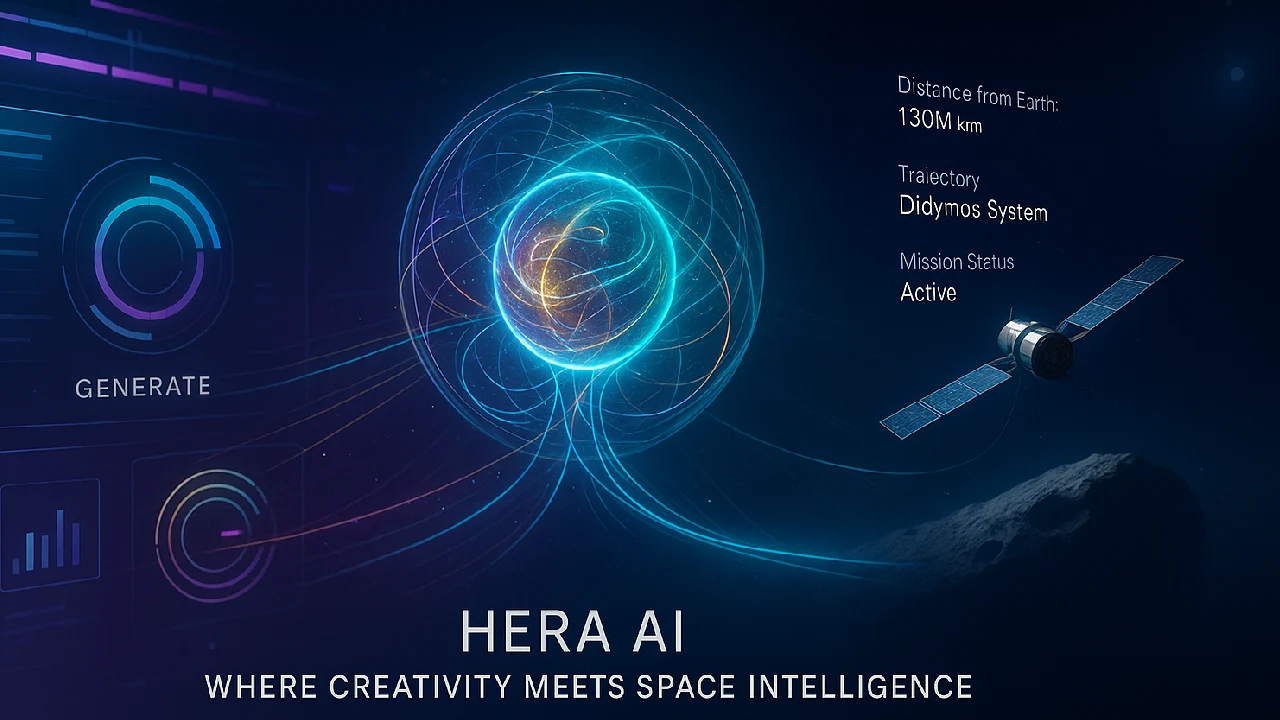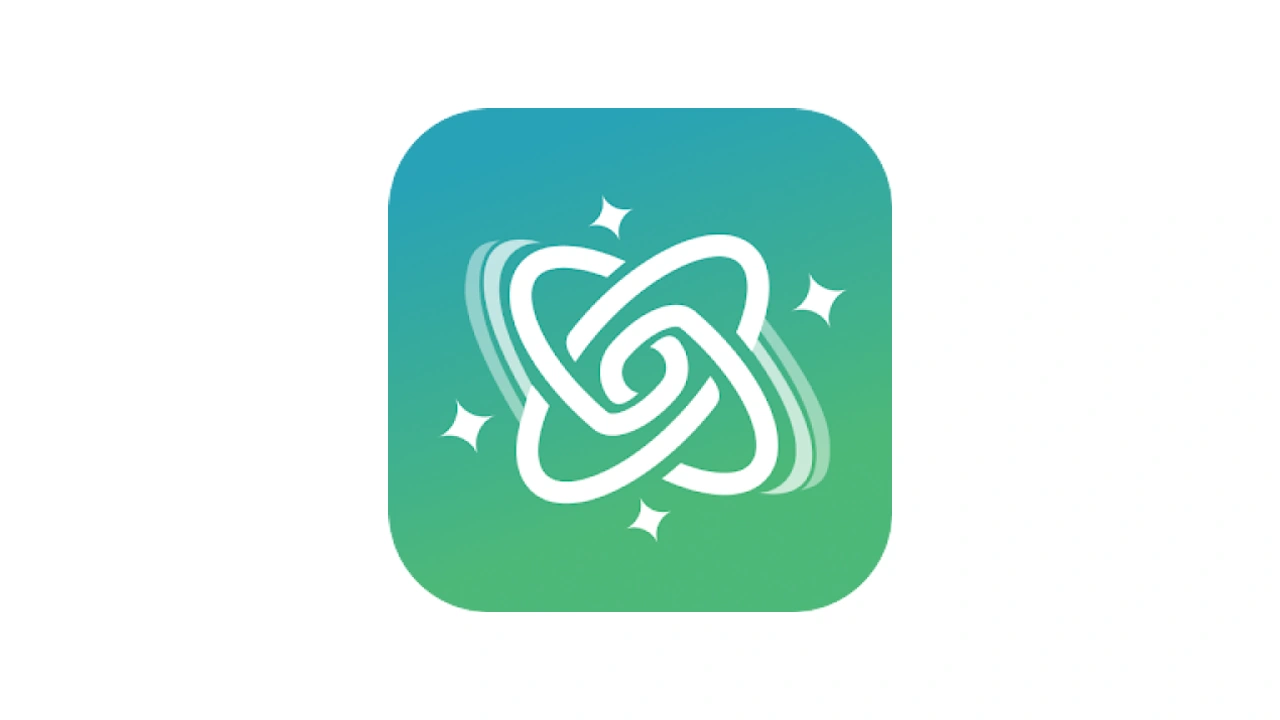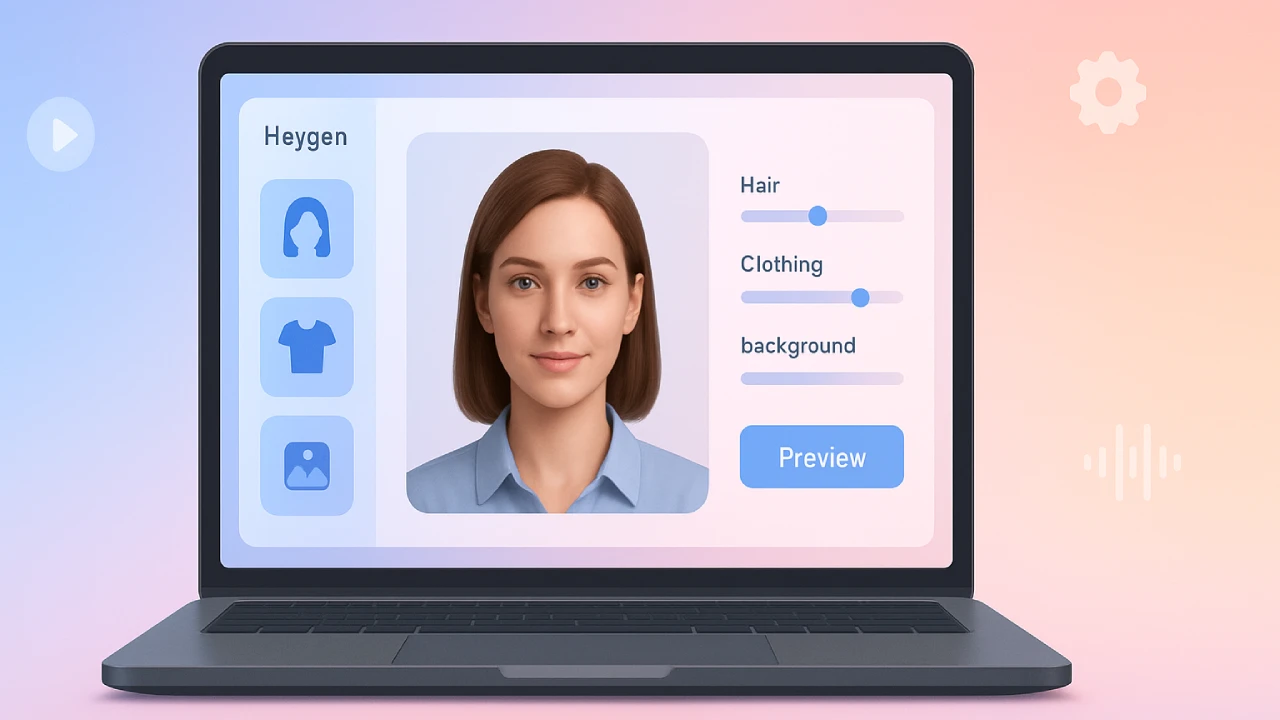Passwords can be guessed. Fingerprints can fade or be copied. But your eyes? They tell a story that’s uniquely yours and that’s where iris scanning comes in.
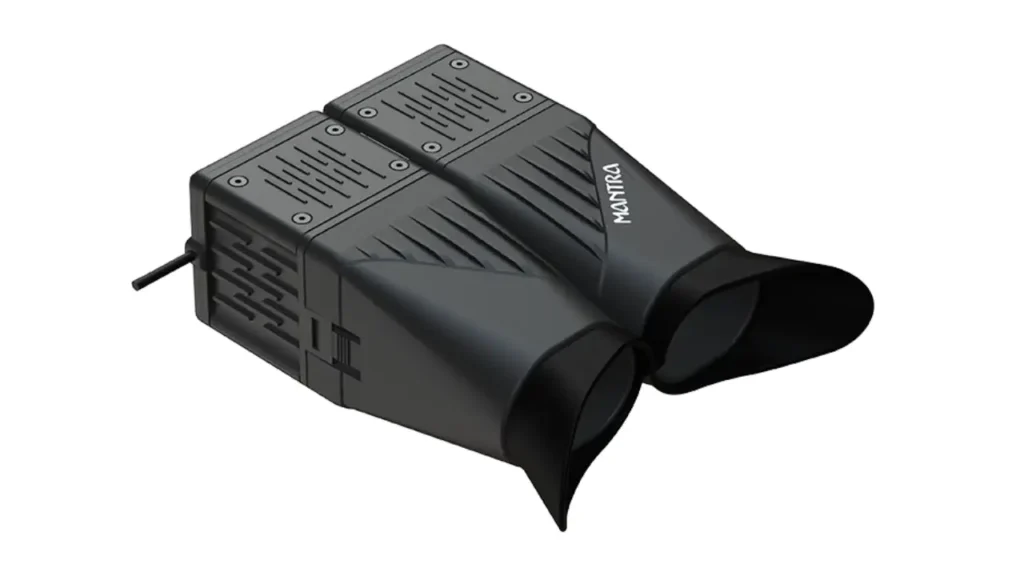
Iris Scanning identification is slowly becoming the safest way to prove who you are, whether you’re unlocking your phone, checking your Aadhaar, or getting through immigration. Mantra Softech, an Indian business, is at the forefront of this movement with their MATISX dual iris scanner, a sophisticated tool made for places with high security needs, such as banks, borders, and government programs.
Let’s look into how this technology works, why it matters, and how India is setting the standard for biometric security around the world.
What is Iris Scanning and Why it Matters
Iris scanning is a type of biometric authentication that captures and analyzes the colored ring around your pupil. No two irises are alike even between your own two eyes. This makes them perfect for identity verification.
Unlike fingerprints that can get worn or face recognition that struggles in bad lighting, iris scans remain consistent for life and work in almost any condition. Plus, they’re contactless which makes them more hygienic and convenient in today’s world.
Iris-based systems are already used in national ID systems like Aadhaar, as well as in airports, hospitals, and secure workspaces.
How Dual Iris Scanners Work (Simple Analogy)
Imagine having two ultra-high-definition security cameras check both of your eyes at the same time. That’s what a dual iris scanner does.
It takes close-up pictures of your irises with near-infrared light, which you can’t see. Then, in milliseconds, it looks at over 240 distinct properties for each eye, turns them into encrypted templates, and compares them to stored records.
It’s like reading two QR codes at once, and an AI engine makes sure the code is real and not a picture or a fake.

Meet MATISX: India’s High-Security Iris Scanner
The MATISX dual iris scanner was made by Mantra Softech to match the high standards of digital identity initiatives like Aadhaar. It’s small, quick, and made for places where identification needs to be safe and dependable.
What makes it stand out:
- Scans both irises at the same time for faster, more accurate results.
- Built-in liveness detection to reject spoofing attempts like photos or masks.
- Works in low light or bright sunlight — no external lighting needed.
- Supports Windows and Linux, connects via USB, and fits in your palm.
- Rated IP65 — meaning it resists dust, water, and rough handling.
- AI-powered image processing ensures reliable results even with glasses or head coverings.
The STQC has approved Aadhaar, and it has global certifications including ISO, CE, FCC, and the Level-1 iBeta PAD certification, which indicates that it can find false inputs with 100% accuracy.
Where This Tech is Used in Real Life
The MATISX scanner is not just for fancy labs or high-end banks. It’s already being used across India and other countries for:
- Aadhaar enrollment and authentication
- eKYC onboarding for banks, NBFCs, telecom, and fintech
- Immigration and border control at e-gates
- Government welfare schemes where ID fraud is a risk
- Hospitals and healthcare systems for secure patient access
- Defence and law enforcement
- Attendance systems in schools, offices, and factories
This shows how scalable and adaptable the technology really is.
India’s National Standard for Iris Image Data
To ensure Iris Scanning tech works across different systems, the Indian government follows the global ISO 19794-6 standard.
Here’s what it includes:
- Iris images in 8-bit grayscale, captured with near-infrared light
- Minimum 150-pixel iris diameter for clear image quality
- Stored in PNG format for archival, JPEG 2000 for fast transmission
- Dual-eye capture for registration, single or both for verification
These standards ensure interoperability, meaning any device that follows them like MATISX will work seamlessly with Aadhaar and other national systems.
Why the Global Market is Betting Big on Iris
The global biometric market was worth $34.27 billion in 2022 and is set to hit $150+ billion by 2030. Key drivers include:
- Rise in contactless security post-COVID
- Growth in e-commerce, digital onboarding, and fintech
- Government-backed ID programs and surveillance needs
- AI-enhanced liveness detection and spoof resistance
- Convenience and hygiene, especially in high-traffic settings
While North America currently leads the market, Asia-Pacific including India is growing the fastest. With programs like Aadhaar and Digital India, iris scanning is no longer futuristic it’s everyday tech.
Key Takeaways
- Iris scanning offers fast, contactless, and ultra-secure authentication, ideal for high-trust systems like Aadhaar, banking, and airports.
- Mantra Softech’s MATISX dual Iris Scanning brings AI-powered liveness detection, portability, and top-tier certification making it future-ready.
- Backed by India’s national iris standards, this tech is helping build a safer, more scalable digital identity ecosystem.
Final Thoughts
As more and more things in our lives move online, like banking and healthcare, it’s no longer optional to verify our identity safely. Iris scanning, especially dual-eye systems like MATISX, are a clean, scalable, and accurate way to do things in the digital age.
India isn’t simply using this technology; it’s also helping to set the worldwide gold standard.
Would you trust your eyes to tell you who you are? Tell us what you think.

